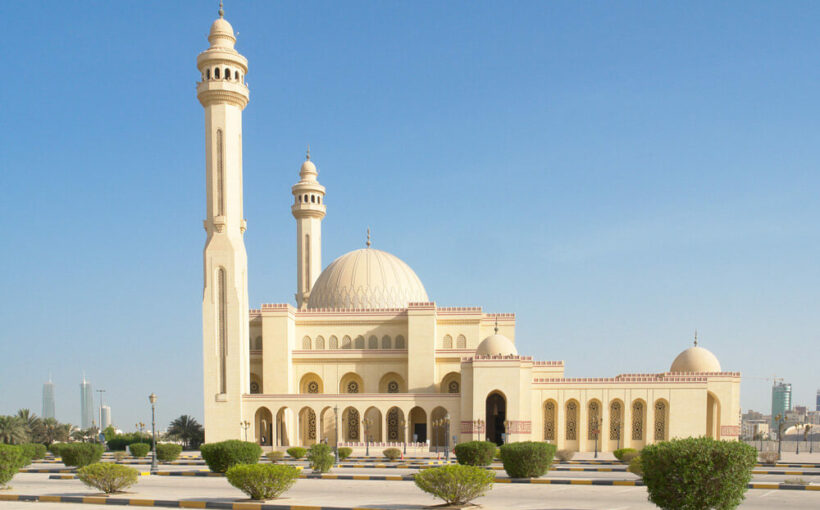Does a cryptocurrency fall into the haram or halal category? This is a question many Islamic followers have been trying to figure out as they’re intrigued by crypto, yet they’re worried if it will somehow go against their religious beliefs.
Which Assets are Halal?
In regions such as Saudi Arabia, cryptocurrency is constantly undergoing tests to see if it is Sharia compliant. Many believe it to be no different than gambling, which goes against Islamic law. There are also concerns surrounding interest payments and economic speculation.
Now, an Arab computer science researcher named Shahad Z. Al-Khalifa – who’s studying at the King Saud University’s College of Computer and Information Sciences – has unveiled a new report designed to figure situations like this out. The paper is titled, “Crypto Halal: An Intelligent Decision System for Identifying Halal and Haram Cryptocurrencies,” and it’s presently open-source and available to anyone willing to read it. The paper says:
From the Islamic finance perspective, cryptocurrencies have raised many issues among Islamic scholars regarding its compatibility with Sharia… َ particularly if it satisfies the Islamic requirement for a currency such as intrinsic value. It has become necessary for Islamic finance to adapt to modern changes and assist in providing products and services to Muslims that are compliant with Sharia.
The whole purpose of the paper is to decide which assets out there fall in the halal category – and are therefore usable according to Islamic law – or haram, meaning they’re forbidden and can’t be utilized. Right now, the paper has identified about 56 currencies that are halal, which another 50 are harmful. The major assets of the world – including bitcoin, Ethereum, and Dogecoin – all fall into the former category, while assets like Shiba Inu token, Alpha, and PancakeSwap cannot be used.
The paper further states:
To date, there are no published datasets that contain the classification of cryptocurrencies as halal or haram. High priority indicates features that have only haram cryptocurrencies, and low priority indicates features consisting of both halal and haram cryptocurrencies. This separation will assist in determining the cryptocurrency’s degree of compliance with Sharia. For example, if [most of] the high-priority features in the cryptocurrency are satisfied, then it is more likely to be haram with an outcome of ‘probably haram.’ Otherwise, it is more likely to be halal with an outcome of ‘probably halal.’
The system of Crypto Halal is quite simple. One enters the name of a crypto, and unless it’s already been researched and classified, the system will examine its properties and decide which category it falls into.
Deciding Which Ones Are OK
The paper concludes with:
[W]e have found that 45 out of 50 haram cryptocurrencies’ projects use decentralized finance (defi) and liquidity pools, whereas none of the halal cryptocurrencies participate in lending & borrowing services, leverage, margin, [or] prediction market.
Source: Read Full Article
